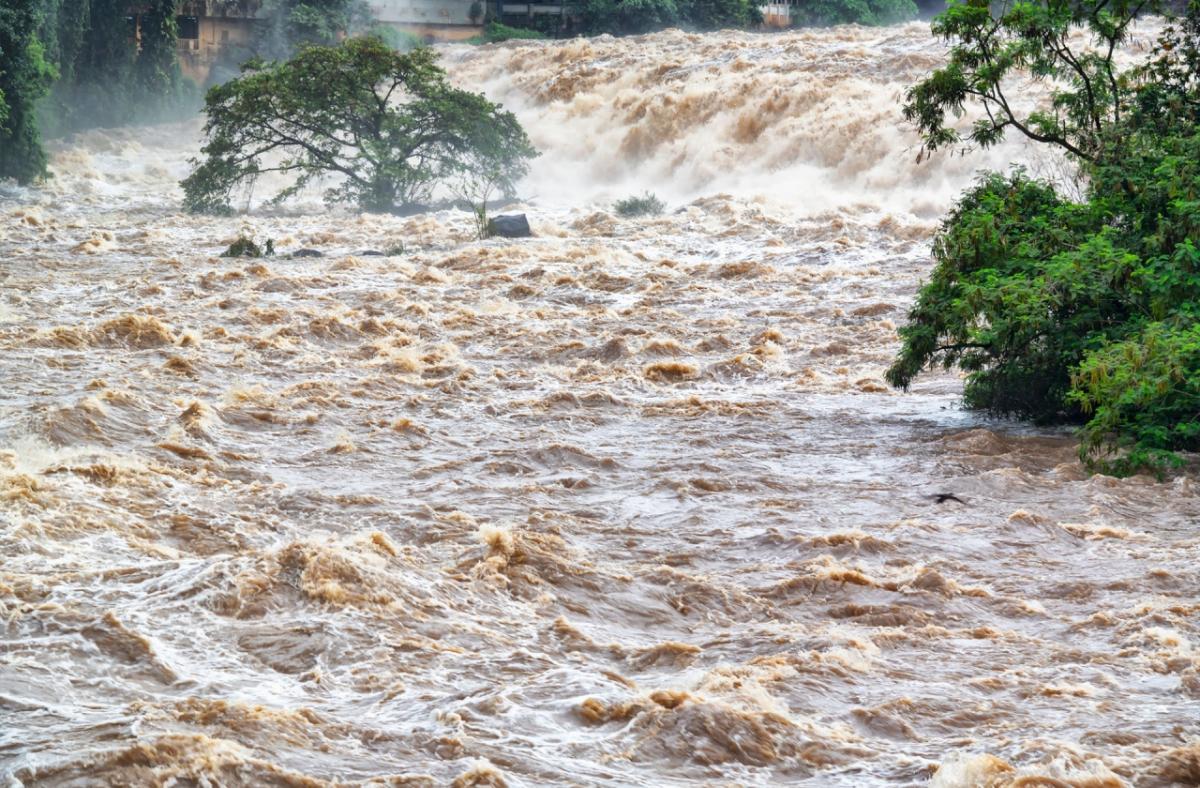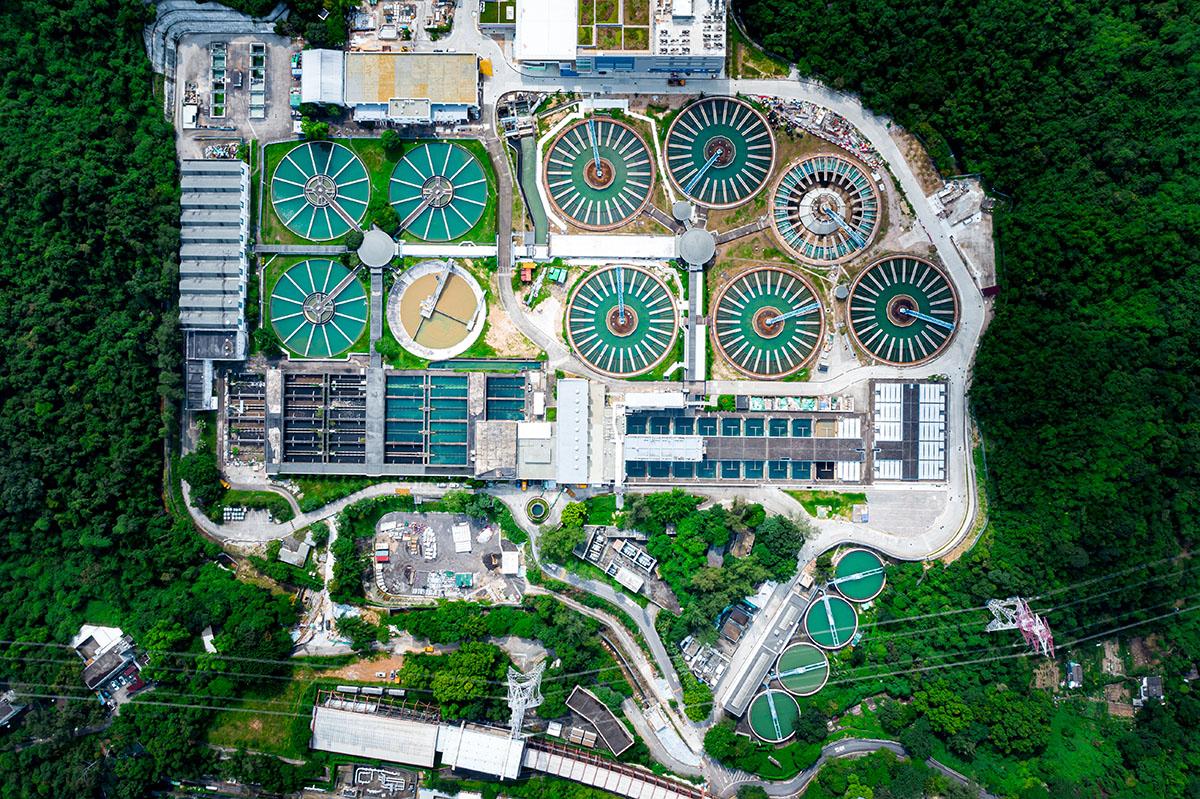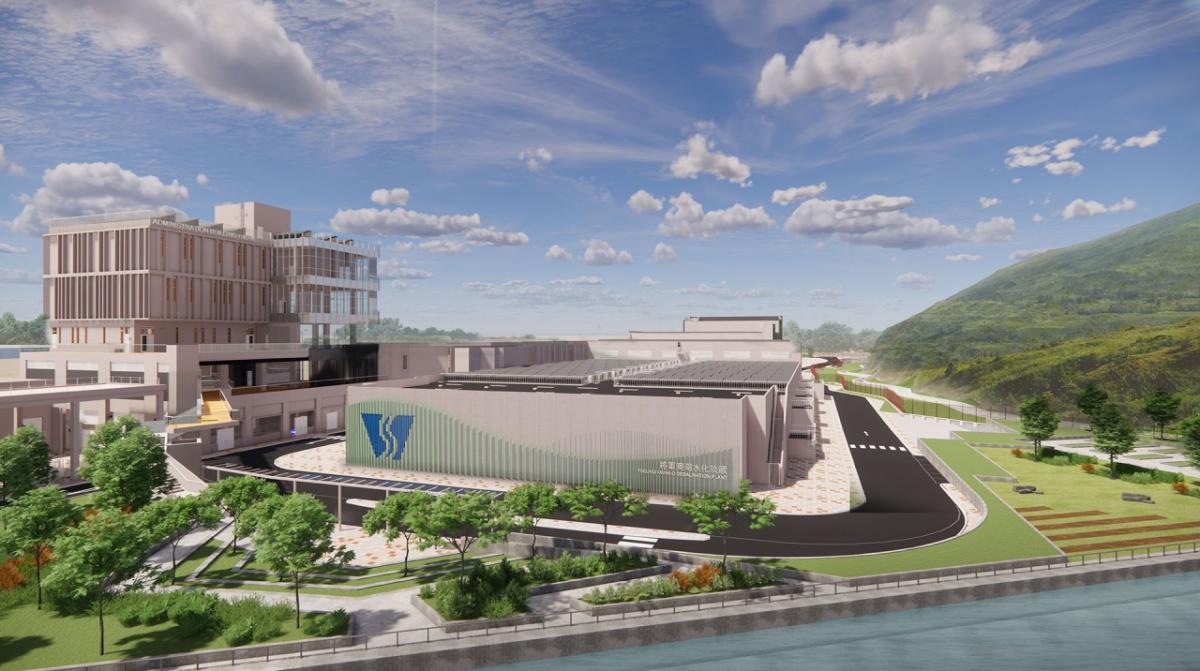The Future of Water Is Now
Water, a precious commodity, is increasingly scarce as shifting demographics and operational efficacy are leading concerns for the global water sector. This is further amplified by the unpredictable effect of climate change. Demand for water continues to rise as populations around the world grow, as with urbanisation, dietary and lifestyle changes accelerating the increasing demand for water1.
In the same vein, maintaining resilient and sustainable water supply have become great concern to metropolises. Local agencies in our region are prioritising effective water resource management and seeking sustainable solutions. Driven by global talent and dedicated to our local communities, WSP is well-positioned to help our clients address these challenges and capture opportunities that come from managing climate change effectively.
Declining water quality has grown to be a concern of late. It can increase the cost of providing water by utilities, reduce the volume of water available for use, and affect human health. We understand that a continuous supply of clean, safe water is of fundamental importance to the wellbeing of local communities. For example, working closely with the Hong Kong government’s Water Supplies Department, we explore the use of granular activated carbon (GAC) in water treatment plans to address the low concentration levels of contaminants, as well as taste and odour issues in water sources.
We also recognise that the long-term impact of climate change is unpredictable, and many believe it to worsen water scarcity, watershed planning and make aging water infrastructure even more susceptible to extreme water conditions. Consequently, the degree of risk that climate change poses is expected to make water cycle, infrastructure and demand management even more complex and costly.
In recent years, we are seeing persistent and prolonged dry and warmer weather, leading to an increased demand for water. As such, local authorities in the region are seeking new and sustainable solutions to support this demand. For instance, Singapore launched its fifth NEWater plant in 2017 and a sixth will be built atop the upcoming Tuas Water Reclamation Plant, co-located with the city’s future Integrated Waste Management facility. This will further advance water supply resilience and security.
Desalination plants, a weather-resilient water source, can also help cities better cope with impact of climate change. Leveraging on reverse osmosis technology, a seawater desalination plant in Tseung Kwan O, Hong Kong, will be the first-of-its-kind in the city to offer an alternative source of fresh water when operation commenced in 2023.
Other inclement weather patterns that produce flash foods with devastating consequences on human life, businesses and infrastructure are among the many impacts of climate change. Today, governments are beginning to incorporate water-related risks into their strategies as the world prepares more adaptable and resilient water systems to monitor and predict shifts in conditions.
In 2020, Chongqing, the municipality in Southwest China has seen some of its worst floods in four decades. To help the municipal government better alleviate flood disaster consequences, we are carrying out analyses of existing infrastructure and emergency plans using hydrological and hydrodynamic models to develop a computer-aided flood disaster risk management system for improvement and risk mitigation works in four counties, namely, Tongnan, Rongchang, Shizhu and Pengshui.
In addition, sustainable management techniques were implemented to protect water cycles and reduce the impact of human activity on them. We supported the execution through our Integrated Flood and Environmental Risk Management approach, comprising flood management and water pollution control systems, improved ecological conservation measures, and flood and environment risk management capacity enhancement.
While we have and are still providing solutions to help governments prepare for what is to come, we recognise that the future of water is now: analyzing trends, and leveraging on technologies and digital tools such as info-communications technology, computer modelling, digital twins and Sponge City concepts. We can act today to automate processes, predict future trends and maintain water cycle and assets, to provide tailored, optimal results to help our region emerge as a front-runner in one of the most significant challenges confronting the world.
1 https://unesdoc.unesco.org/ark:/48223/pf0000372985/PDF/372985eng.pdf.multi




